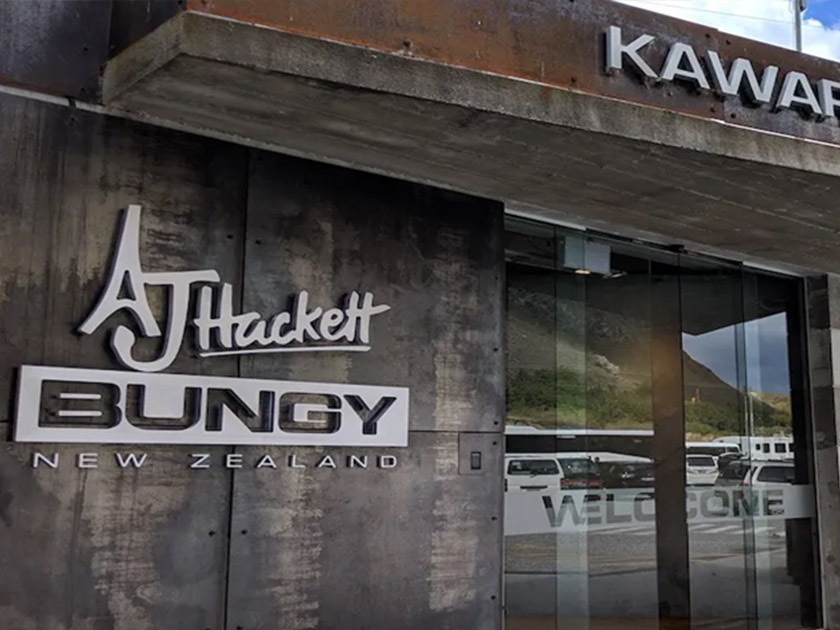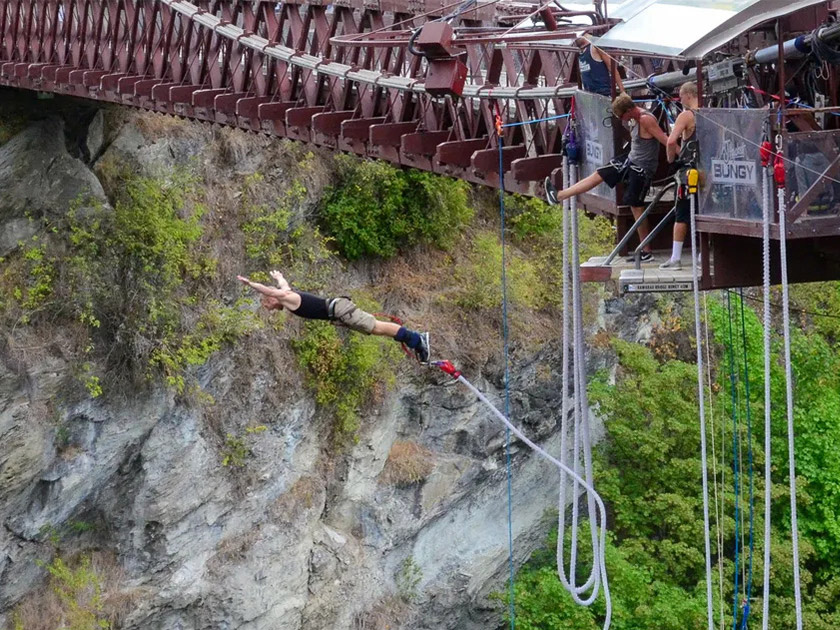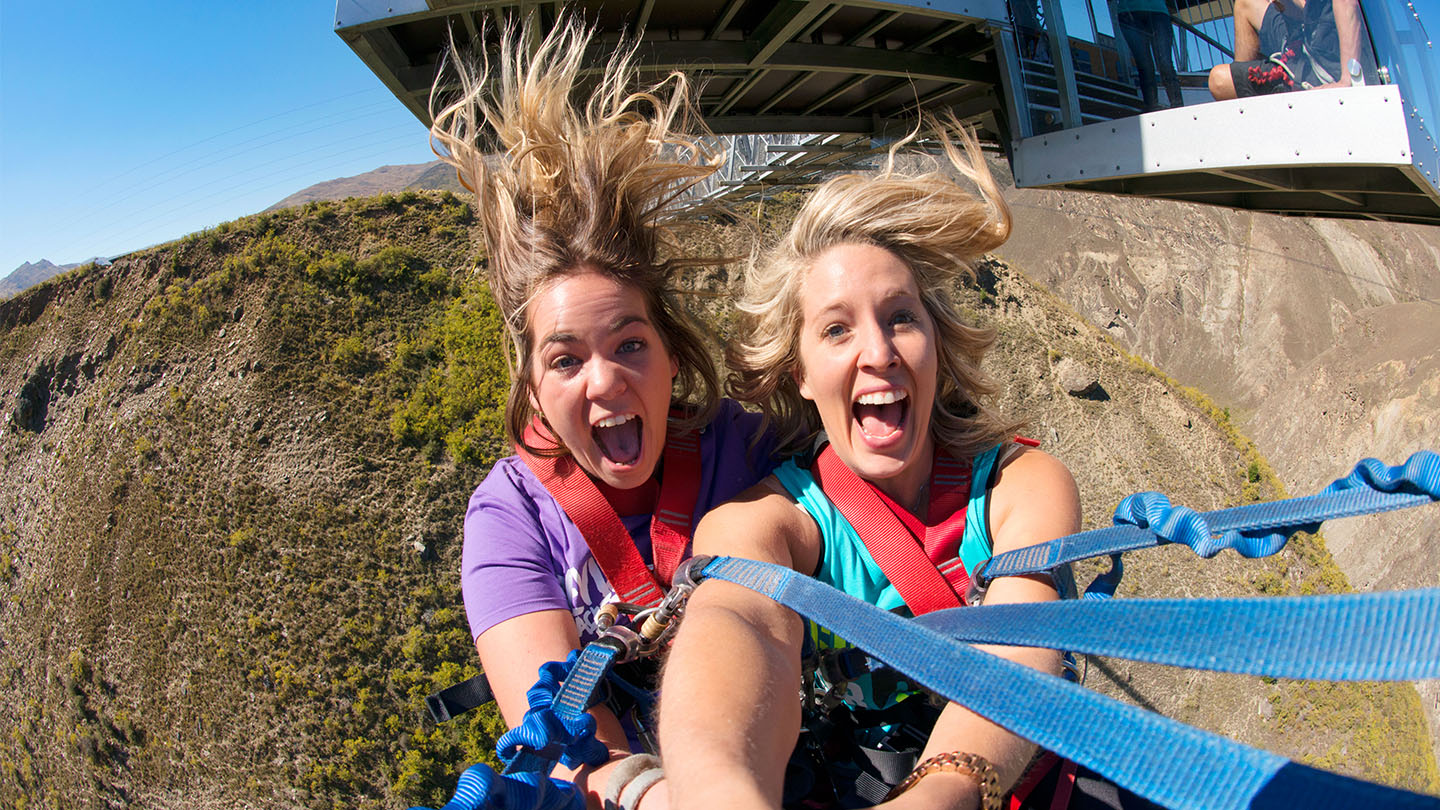In 2025, adventure travel has become a growth engine. Fortune Business Insights estimated the global adventure tourism market size was USD 406 billion in 2024 and is projected to reach USD 1,009 billion by 2030. Demand is being propelled by the full recovery of international tourism and renewed preference for nature-based, experiential trips.
In the hyper-competitive landscape of global tourism, distinctive attractions can redefine a region’s economic trajectory. Bungy jumping, pioneered commercially by AJ Hackett at Kawarau Bridge in 1988, has done precisely that for Queenstown.
On the foundations laid by this pioneering enterprise, Queenstown transformed from a sleepy alpine town of just 3,500 residents and a modest stream of domestic visitors into a globally recognised adventure capital, now home to over 50,000 people and attracting more than two million visitors annually, over half from overseas. Building on this momentum, Bungy New Zealand Ventures expanded its footprint to include the Auckland Sky Tower, Auckland Bridge, Nevis Playground, and the Taupo Bungy site.
For developers and investors assessing new tourism opportunities, thrill-based infrastructure not only accelerates economic growth but also strengthens destination branding and broadens tourism portfolios. As Queenstown’s data show, the returns fuel demand for accommodation, dining, transport, and complementary experiences, which can turn a single venture into a regional economic catalyst.
Economic Multiplier Effect of Bungy Tourism in Queenstown

The first commercial bungy jump in 1988 attracted 28 jumpers on opening day; now our Kawarau site sees hundreds of thousands of visitors a year. Bungy jumps are a popular tourist activity in New Zealand, contributing significantly to regional tourism spend and reinforcing the country’s reputation as a global leader in adventure tourism.
Queenstown has transformed from a quiet town to become internationally synonymous with thrill-seeking tourism, expanding into jet boating, skydiving, and skiing. Adventure tourism now forms the backbone of regional tourism in the South Island. For the year ended March 2024, total tourism expenditure in New Zealand was $44.4 billion, the highest ever, and is an increase of 14.6 percent ($6.7 billion) from the previous year. Tourism also supported roughly one in nine jobs in the broader economy.
At the Kawarau Bungy Centre, the majority of jumpers originate from overseas. This inbound demographic brings foreign exchange, premium accommodation spend, and year-round visitation.
Bungy New Zealand Ventures has gone on to set up adrenaline-fuelled operations across the country, including the Auckland Sky Tower Bungy. Our end-to-end capability ensures the sites deliver exceptional visitor experiences, world-class safety systems, and long-term economic returns through sustainable, scalable operations.
Why Bungy Works as a Strategic Tourism Play
Considering whether a bungy operation is the right adrenaline-driven attraction for your region?
The proven success of ventures in both the rugged Kawarau Gorge and atop the metropolitan Auckland Sky Tower demonstrates the adaptability and broad market appeal of this model across diverse environments.
In 2025, consumer motivations emphasise new experiences, off-the-beaten-track travel, and adventure tourism. With top activities including hiking/trekking, cultural and culinary experiences, and cycling, often complementary to iconic adrenaline anchors. Safety and professionalism are at the core of consumer wants.
Demographically, adventure tourism is no longer confined to the youth segment, with an increasing uptake among older, higher-spending travellers. Bungy New Zealand Ventures is well-positioned to capitalise on this trend, with proven appeal across generations. As noted by Sonya Warne, Sales Manager at Taupo Bungy in Time magazine, participants have ranged from 10 to 90 years old.
Mainstream media increasingly highlights the mental well-being advantages of challenging your comfort zones with adventure tourism. Bungy experiences deliver proven psychological benefits, from increased confidence to clarity and focus. These well-being outcomes are a key driver of the sustained success and economic ripple effect observed across established Bungy NZ Ventures.
With its adaptable infrastructure, proven appeal in high-adrenaline tourism, and strong alignment with consumer demand for outdoor, accessible, and well-being-oriented experiences, Bungy NZ Ventures is strategically positioned to capture growth in global adventure tourism.

How A Bungy Venture Could Benefit Your Region:
- A bungy-style adventure is an economic engine. It creates “must-visit” status, enhancing a region’s tourism brand equity.
- High-profile attractions often secure premium admission prices and high repeat visitation.
- Such attractions drive tourist flows and unleash multiplicative spending across sectors.
- In Queenstown’s case, bungy serves as a proven catalyst for tourism growth, leading to hundreds of thousands of visitors and the status of “Adventure Capital of the World.”
- With consumer demand increasingly shaped by safety assurance, Bungy NZ Ventures’ world-class safety systems provide a proven framework that both protects visitors and underpins long-term market confidence.
- The health and well-being benefits of bungy, along with an authentic outdoor experience, cater to traveller trends.

Adventure tourism products such as Bungy NZ Ventures offer regions a combination of distinctive destination branding and strong local spend retention. Supported by world-class safety systems, broad demographic appeal, and measurable health and well-being benefits, it presents a compelling proposition for regions seeking to capture a share of the multi-billion-dollar global tourism market.
Simply put thrill sells, and the region profits broadly.
One jump changed Queenstown. Yours could redefine a region. To discuss feasibility, investment returns, and site potential
FAQ’s
How does bungy jumping impact local economies beyond direct ticket sales?
Bungy jumping acts as a powerful economic catalyst by attracting high volumes of international visitors who contribute to broader tourism spending. In Queenstown, for example, the presence of a world-class bungy attraction has increased demand for accommodation, dining, transport, and complementary adventure activities. This creates a multiplier effect, generating jobs and boosting income across multiple sectors. It also enhances the region’s global tourism brand, encouraging year-round visitation and foreign exchange earnings.
Can a bungy operation work in regions outside of traditional adventure tourism hotspots like Queenstown?
Absolutely. The success of Bungy New Zealand in both rugged natural settings like the Kawarau Gorge and urban landmarks such as the Auckland Sky Tower shows the model’s adaptability. With proven appeal across demographics and growing interest in adventure and wellness travel, bungy operations can succeed in diverse environments. Regions benefit not only from increased tourist numbers but also from the reputational lift that comes with hosting a high-profile, professionally managed attraction.
